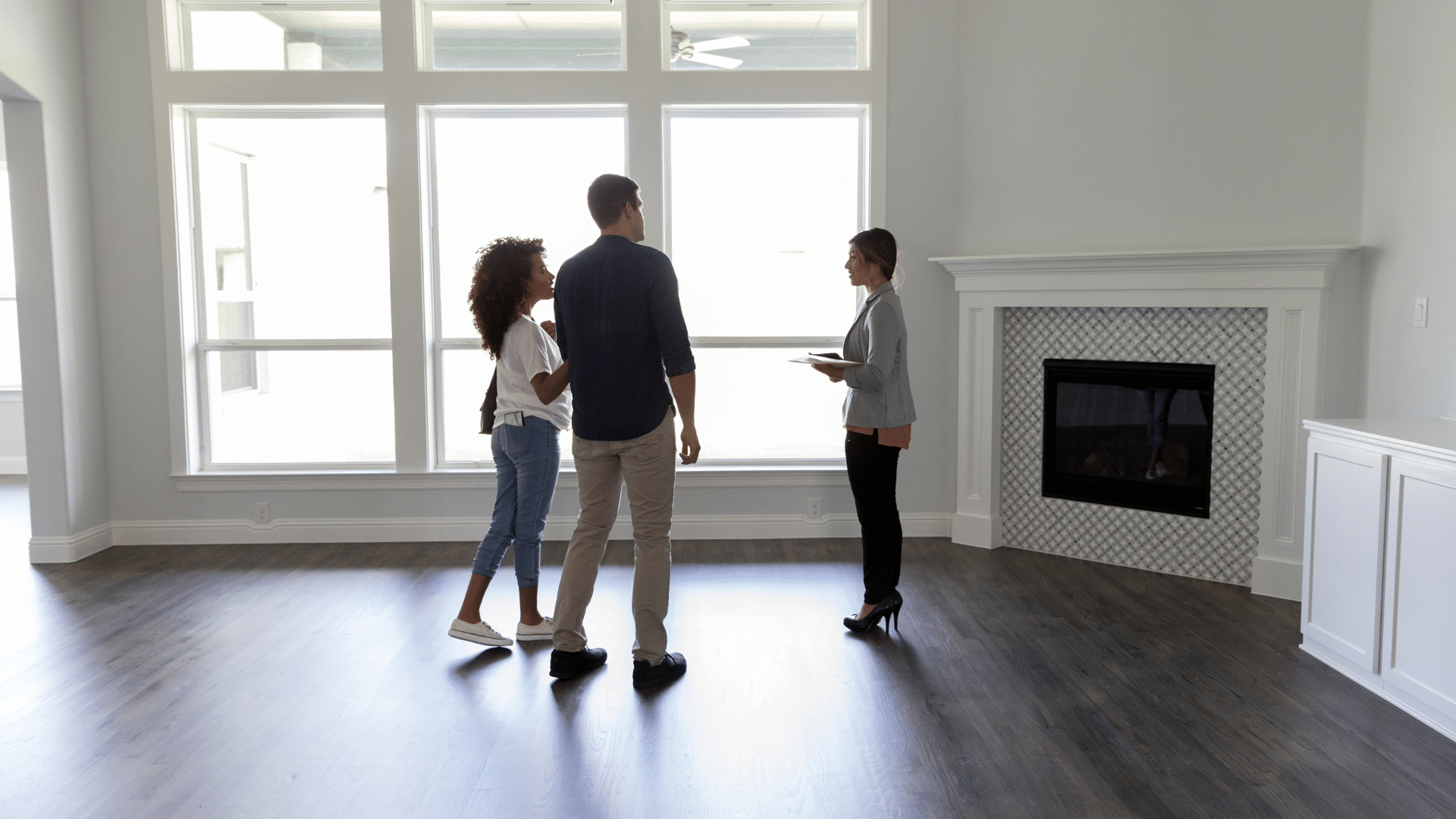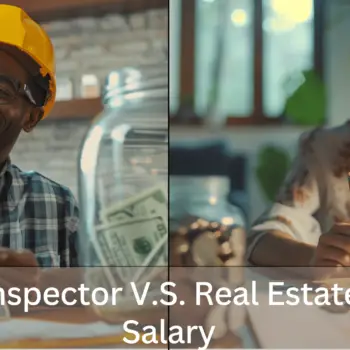If you have watched HGTV home-flipping shows, then you know there is money to be made. A recent CBS report revealed that home flippers made $67,900 in profit last year.
But before you join the bandwagon to make easy money, there are downsides you may need to consider.
What are the benefits and risks of house flipping? On the upside, you can enjoy large profit margins and flexibility to modify the house layout. You can also look forward to a little financial incentive if you encounter a historical home.
But on the other side of the coin, flippers stand a chance to face minimal tax breaks, high renovation costs, and a lower return if the property spends a lengthy time on the market.
Below, I’ve narrated the rollercoaster world of home-flipping. We’ll dive deep into the benefits and risks of flipping houses, from hefty profit margins to potential renovation pitfalls. By reading on, you’ll receive the knowledge that could save different homeowners thousands of dollars. So, let’s flip right into it!
3 Benefits of Flipping Houses

Three benefits line the house-flipping route. Here are a few to consider:
1. Large Profit Margins
As the US housing market faces an unprecedented inventory shortage, flippers can make thousands by reselling old houses to prospective buyers.
Since flipped homes are predominantly sold below the market price, investors stand a chance to make a satisfying profit margin from the sale. Flipping ensures a good ROI for investors in a short time.
A report by ATTOM stated that the average flipping time in 2022 was 164 days. This means you’d have your property on the market and before buyers within five and a half months.
2. Flexibility of Layout Modification
Housing trends change. What buyers loved a few years ago may not be the coveted trend this year. A quick example: in 2015, buyers loved the “forever house.” This concept prized large rooms and big spaces.
But today, this is what buyers flee from. Today’s buyers are after more efficient use of space. While those bigger 2015 houses may struggle to attract attention on the market, flipping gives them a new life.
Home flippers have the freedom to change the house layout: remove walls, add a bedroom/ bathroom, open up the living room, etc. The rethink and restructure will give the house a fighting chance and increase its appeal to a broader audience.
And since these houses already have structure and enough existing construction, the upgrade costs are significantly lower than building a house from scratch. Real estate investors only have to explore the market, identify the optimal property, and remodel it to suit the clientele’s taste.
3. Financial Incentives for Historic House Restoration
If you happen upon a rare jewel littered with history, you can enjoy some financial benefits courtesy of the government.
Suppose you invest in a house that falls under the historic homes category with the official observation from the National Park Service. In this case, you may receive multiple financial incentives from the government, such as state and federal tax credits and restoration loans.
But there are some selection factors to contend with. The house must be at least 50 years old, possess a vintage architectural style, and have a connection with historical incidents to qualify.
Home flippers can take advantage of tax incentives (25% of the qualified rehabilitation expenditures) applicable in 37 US states as of 2022 and the Federal Historic Rehabilitation Tax Credit (20% of the eligible rehabilitation expenses).
However, the investors cannot write off certain remodeling expenses, such as new construction or changes to historical floor plans, as the incentives are meant for preservation, not modernization.
Besides tax breaks, howstuffworks.com reported that the FHA allows a freeze on property tax for 10-15 years and $35,000 for pending mortgage installments.
3 Risks of Flipping Houses

Flipping houses may seem like a path to fast profits, but it has downsides that can leave investors in bankruptcy:
1. Tax Breaks will be Minimal
Tax treatment of fix-and-flips depends on investor or dealer classification, determined by intent, sales frequency, solicitation, and ownership duration. The IRS categorizes most house flippers as dealers, not investors.
This means that all income from sales gets taxed as ordinary income instead of capital gains for investors. Flippers may pay up to 37% based on tax bracket plus another 15.3% in self-employment taxes.
Renovations raise property values and thus taxes owed before even selling. While remodel write-offs provide some relief, these itemizations only apply upon sale completion, extending tax reduction timelines.
House flippers also won’t benefit from a 121 exclusion as the IRS levies this deduction on only primary residences or if the buyers have lived in the house for at least 24 months. Similarly, they will be ineligible for the 1031 exchange tax deferment rule as the IRS restricts residential property purchases for resale purposes.
2. Unexpected Cost Threaten to Break the Bank
Auctions and foreclosures are the prime spots for houses to flip. The prices are low, and sellers are eager to shift properties to new owners and recover their investment.
But there is a disadvantage lurking in the shadows. You don’t have time to inspect the house. You could walk away with a mold incubator, cracked foundations, and bad plumbing. Any of these would require a substantial investment to fix.
If investors purchase a large property, like those sold at Homeland Equestrian Community, where plot size stretches up to 17,000 acres, they would have a lot of space to unleash their inner De Vince. However, one problem with large properties is that they are home to make-shift constructions that may require demolition.
Depending on the type and size of the construction, demolition costs can range from $7,000 to $25,000, hiking up your renovation costs and possibly breaking your bank.
3. The Property Can Get Devalued
The profit on a flipped house increases with the speed of the sale. Every time the sale or renovation gets delayed, the profit margin depletes proportionately. You have to deal with holding costs for the period that the property is in your name. These are costs associated with the property management.
Until the resale of your flipped property is complete, HOA fees, mortgages or loans, and insurance are among some of the costs you will be expected to pay. The longer the sale takes, the higher these costs rise, devouring your profits.
Properties flipped by professionals or skilled DIYers can benefit buyers seeking move-in-ready homes at competitive prices. Like any venture, converting houses has risks that investors should mitigate through market analysis and help from real estate industry insiders.
Next Steps:
If you’re considering entering the world of house flipping:
1. Do thorough research: Understand the housing market trends in your area.
2. Look before you leap: Inspect potential properties thoroughly to avoid unforeseen repair costs.
3. Seek professional advice: Connect with real estate industry insiders who can guide you through the process.
Do you have any thoughts or experiences about flipping houses? Please share them in our comments section below! If you’ve tried these tips or have other strategies up your sleeve, we’d love to hear about them, too!











